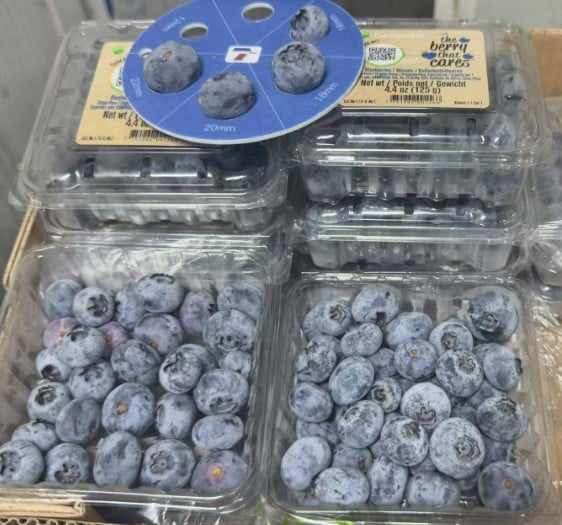Feb 18, 2021|
JD Data: Spring Festival 2021: When New Situations Meet Old Traditions
by Ella Kidron
This year’s Spring Festival consumption is indicative of highly adaptive consumers eager to enjoy old traditions amid new circumstances. A report released by the JD Big Data Research Institute underscores this phenomenon.
According to the report, during the Lunar New Year’s Eve(which fell on Feb. 11 this year) meal and assorted snacks gift boxes, convenience food, BBQ ingredients and more increased 90% as compared with last year during the same period*.
It is no surprise that demand for ready-made New Year’s Eve meals increased substantially in China’s biggest cities as many urbanites opted to stay in the city in which they work this year. This meant that in some cases they were fending for themselves, or celebrating with fewer family members. Sales of such ready-made products in Beijing, Shanghai and Guangzhou increased 4.7 times, 3.2 times and 4.3 times respectively. Similarly, with more people residing in these cities during the holiday, auto services, professional development courses, and scenic area tickets increased 3-6 times.
As is the case every year, alcohol was in high demand this year. The category saw an increase of 2-3 times YOY, among which baijiu was most popular among north and southwest Chinese consumers, while imported spirits and beer were preferred more by consumers in the country’s southern Guangdong province.
The reduction in travel during this year’s holiday has been met with a marked 58% increase in remote orders (orders where the recipient and sender city are different). The top recipient provinces and regions of such orders were Hubei, Jiangsu, Henan, Beijing and Shaanxi. Whereas 2020 was highlighted by consumers spending an unprecedented amount of time in the house, this year’s reduction in travel didn’t keep consumers from going outside. Products including action cameras (such as GoPro), badminton equipment, and tents increased 4.7, three and 30 times respectively.
Of particular note this year, Valentine’s Day fell in the middle of the Chinese New Year holiday period, adding an extra touch of romance to gifting. This resulted in a drastic change in consumption structure, with jewelry, beauty, watches and other gifts as a proportion of the whole rising significantly. The amount of women’s karat gold necklaces and yellow gold pendants bought by male consumers between the last week before the New Year, and Valentine’s Day increased 6.2 times compared with the same period last year. The amount of gold bead necklaces (believed to lead to good luck for the wearer) and silver necklaces bought by female consumers for their male counterparts increased 3.5 times. Beauty products were also highly popular Valentine’s Day gifts.
“Total retail sales of consumer goods during the Spring Festival period demonstrate both the ongoing pickup of offline as well as the continued growth of online retail,” said Fei Lu, senior analyst at the JD Big Data Research Institute. “Trusted online platforms are not just serving to accelerate the pace of the consumption recovery, but even more so to expand new consumption frontiers.”
*Note “same period” refers to the same period on the lunar calendar last year, also known as the Spring Festival period in 2020.







 JD Logistics Prospectus: Robust Steady Growth and Continuous Investment in Technology
JD Logistics Prospectus: Robust Steady Growth and Continuous Investment in Technology



